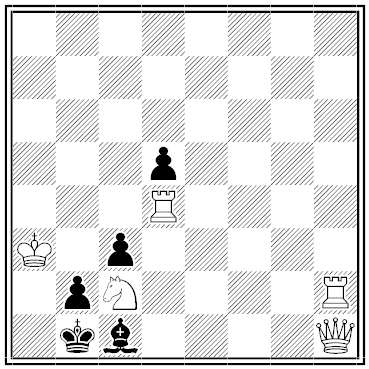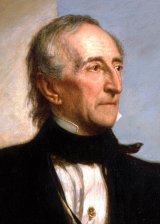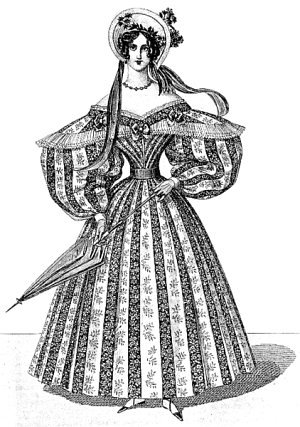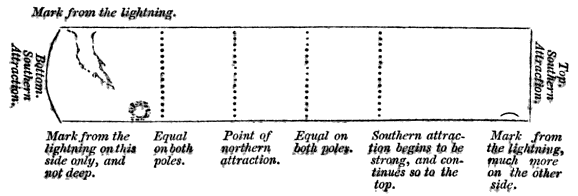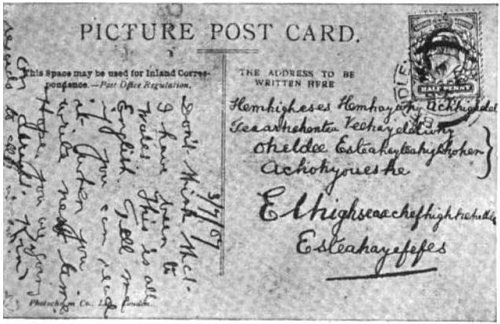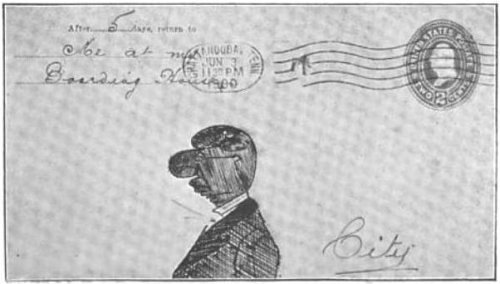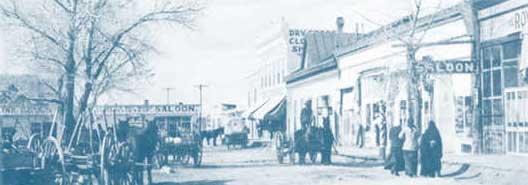
In 1881 a federal trial judge in the Territory of New Mexico, presiding at Taos in an adobe stable used as a temporary courtroom, passed sentence on murderer José Gonzales. We don’t know the details of Gonzales’ crime, but it must have been extraordinary — here’s the sentence:
José Manuel Miguel Xavier Gonzales, in a few short weeks it will be spring. The snows of winter will flee away, the ice will vanish, and the air will become soft and balmy. In short, José Manuel Miguel Xavier Gonzales, the annual miracle of the years will awaken and come to pass, but you won’t be here.
The rivulet will run its purring course to the sea, the timid desert flowers will put forth their tender shoots, the glorious valleys of this imperial domain will blossom as the rose. Still, you won’t be here to see.
From every tree top some wild woods songster will carol his mating song, butterflies will sport in the sunshine, the busy bee will hum happy as it pursues its accustomed vocation, the gentle breeze will tease the tassels of the wild grasses, and all nature, José Manuel Miguel Xavier Gonzales, will be glad but you. You won’t be here to enjoy it because I command the sheriff or some other officer of the country to lead you out to some remote spot, swing you by the neck from a nodding bough of some sturdy oak, and let you hang until you are dead.
And then, José Manuel Miguel Xavier Gonzales, I further command that such officer or officers retire quickly from your dangling corpse, that vultures may descend from the heavens upon your filthy body until nothing shall remain but bare, bleached bones of a cold-blooded, copper-colored, blood-thirsty, throat-cutting, chili-eating, sheep-herding, murdering son of a bitch.
Cleopatra Mathis discovered the transcript in the records of the U.S. District Court, New Mexico Territory Sessions. She published it in Antaeus in autumn 1976.




